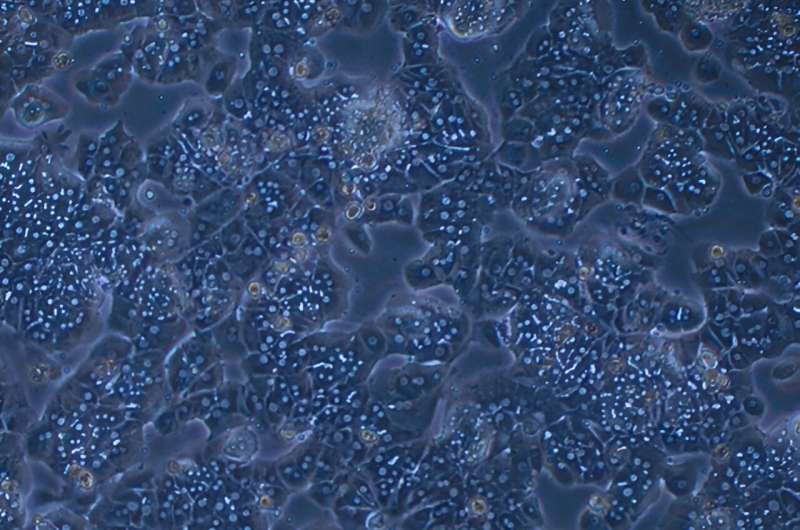This article has been reviewed according to Science X's editorial process and policies. Editors have highlighted the following attributes while ensuring the content's credibility:
fact-checked
peer-reviewed publication
trusted source
proofread
Biologists determine the liver is the source of free glycans in the bloodstream

In a rat study, RIKEN biologists have solved the mystery of where glycan molecules in the blood come from, tracking them down to the liver. This finding could lead to new biomarkers for liver-related diseases.
Tadashi Suzuki of the RIKEN Glycometabolic Biochemistry Laboratory has devoted his professional career to investigating glycans—chain-like structures that are made up of single sugar molecules connected by chemical bonds.
He first became interested in them when, as an undergraduate, his supervisor assigned him a project that had a very slim chance of success—looking for an enzyme that releases glycans from glycoproteins in mammalian cells, while one study claimed that mammals do not have the enzyme. But to his supervisor's and the glycobiology community's surprise, Suzuki found it.
Glycans are usually found in cells and are generally bound to other molecules such as proteins and lipids. But Suzuki's team recently found unbound glycans, which could be released from glycoproteins by the enzyme he had discovered previously, in the blood. They also developed a method for isolating these free glycans and analyzing their structures. But no-one knew where they came from.
One theory was that they may be created by enzymes in the bloodstream, but Suzuki was skeptical. "I'd been working on this enzyme activity for 30 plus years, so I was almost certain that there's no such enzyme in extracellular space."
Another possibility was that they are secreted by the liver. Suzuki's team has now found convincing evidence that this is indeed the case. The findings are published in the Journal of Biological Chemistry.
The team cultured liver cells known as hepatocytes in a dish and looked for free glycans. They also analyzed free glycans in the blood of rats. They found that free glycans from both sources had very similar structures to each other, strongly suggesting that the liver is the source of free glycans.
"We isolated serum glycans in the blood of rats and then removed their livers and cultured them," explains Suzuki. "And we found glycans with similar structures. This strongly points to the liver as the source of the free glycans."
Just what the free glycans are doing in the blood has yet to be resolved, but Suzuki thinks they may play a protective role against pathogens. "There are several hypotheses, but my favorite is that such free glycans in our blood may act as decoys," says Suzuki. "Viruses or bacteria in the bloodstream may bind to them before they can bind to cells, and so they may help to delay infections."
One study found patients with liver cancer had elevated levels of free glycans in their blood, raising the possibility that they could be used as biomarkers for the condition.
More information: Chengcheng Huang et al, Rat hepatocytes secrete free oligosaccharides, Journal of Biological Chemistry (2024). DOI: 10.1016/j.jbc.2024.105712
Journal information: Journal of Biological Chemistry
Provided by RIKEN



















